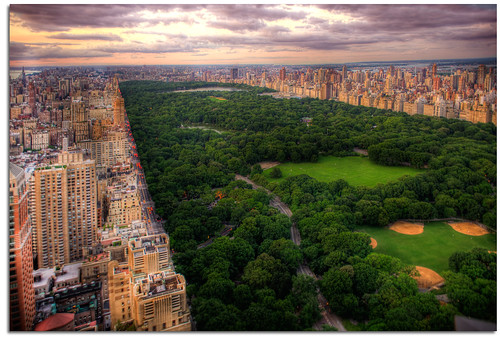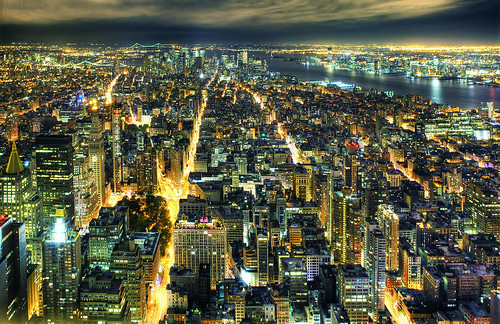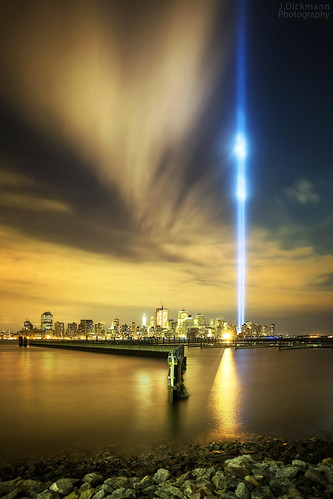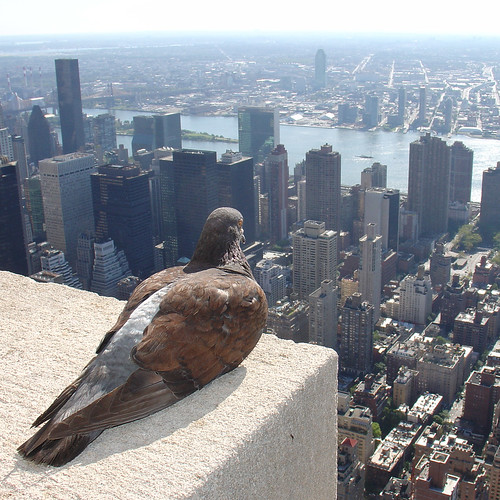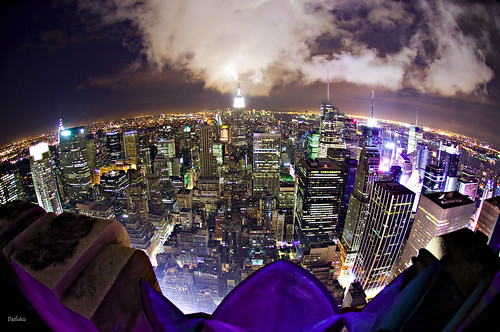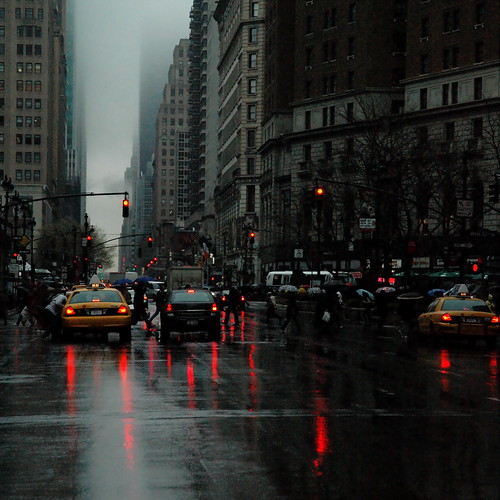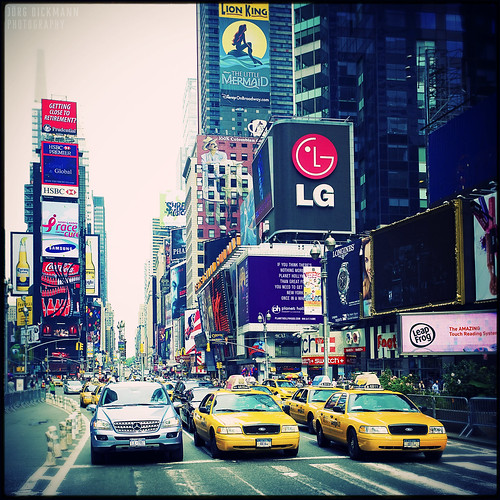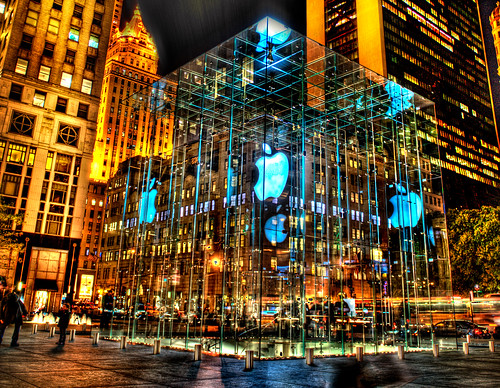 The 71-story, 2.2-million-square-foot Pearl River Tower, in the new city of Guangzhou, China, being built for the China National Tobacco Corp., is a “net”-zero-energy building designed by the storied architectural firm of Skidmore, Owings & Merrill (SOM), New York City, scheduled for completion in 2009. The firm has set its sights on redefining one of its bread-and-butter project types, the corporate headquarters, into a model of high-tech sustainability
The 71-story, 2.2-million-square-foot Pearl River Tower, in the new city of Guangzhou, China, being built for the China National Tobacco Corp., is a “net”-zero-energy building designed by the storied architectural firm of Skidmore, Owings & Merrill (SOM), New York City, scheduled for completion in 2009. The firm has set its sights on redefining one of its bread-and-butter project types, the corporate headquarters, into a model of high-tech sustainabilityThe Pearl River Tower epitomizes the super tall corporate headquarters building of tomorrow as an iconic, high performance structure, that is designed so that it potentially produces as much energy as it consumes. The building’s form guides wind to a pair of openings at its mechanical floors. The winds drive turbines that generate energy for the building’s heating, ventilation and air conditioning systems. The openings also provide structural relief, by allowing wind to pass through the building instead of pressing against it.
 Orientation, conservation, lighting efficiency, geothermal, energy reuse and energy storage techniques are used to enable the building to generate enough renewable power to meet its energy demands. This is done by five main methodologies:
Orientation, conservation, lighting efficiency, geothermal, energy reuse and energy storage techniques are used to enable the building to generate enough renewable power to meet its energy demands. This is done by five main methodologies: 1) By orienting the building towards the east the tower takes advantage of midday sun while the effects of late-day sun on the larger, southern exposure are minimized.
2) The south facade’s low-E-glass, double-layer curtain-wall system reduces heat gain, which leads to less demand on the HVAC systems.
3) The tower reclaims energy by routing each floor’s exhaust air into the south side’s double-layer curtain-wall cavity. This thermal barrier of hot dry air can then be reused on the mechanical floor for passive dehumidification.
4) The chilled slab concrete vaulted ceilings in the typical offices enhance daylighting, as well as cool the air drifting up from the underfloor ventilation system, the mass of the concrete providing energy storage. This system reduces energy used for cooling by 40 percent compared to a conventional HVAC system.
5) A geothermal heat sink is used to provide cooling water, so 100 degrees Fahrenheit water in the mechanical system’s return loop can be cooled to 75 degrees Fahrenheit prior to feeding the cooling towers, reducing the size of the mechanical plant by about 30 percent.
These five strategies reduce the building’s energy use by nearly 65 percent over a baseline of Chinese building codes. To reach the final goal of net zero energy, the design team incorporated three power-generating technologies: wind, integrated photovoltaics, and microturbines.
The wind turbines take advantage of the prevailing winds from the south, which generate a negative pressure at the north side, of the building. The tower’s curvilinear structure helps to force air through four turbine inlets in the facade, which SOM’s wind studies have predicted will speed up the wind’s velocity two-and-a-half times. SOM estimates the turbines will produce nearly 15 times more electricity than a typical stand-alone wind generator.
No details are provided for the size or location of the photovoltaics, except that they are on the south facade.
I assume the the microturbines are use to supplement power when the renewables do not generate enough power.
About SOM
Louis Skidmore and Nathaniel Owings established an office in Chicago in 1936 and opened a branch in New York in 1937. The practice became Skidmore, Owings, & Merrill (SOM) in 1939 when John Merrill joined the partnership.
SOM's commitment to design quality coupled with it's sophistication in building technology applications has resulted in a portfolio that features some of the most important architectural accomplishments of this century. Lever House in New York City, Sears Tower in Chicago, John Hancock Tower in Chicago to name just a few. Currently, the firm is designing landmarks for the next generation, such as the Freedom Tower in New York City, and Burj Dubai which will be the world's tallest building when it is completed, as well as numerous other projects around the globe.
SOM’s work ranges from the design and engineering of individual buildings to the master planning and design of entire communities. The Firm has conceived, designed and built projects that include corporate office; banking and financial institutions; government buildings; public and private institutions; health care facilities; religious buildings; airports; commercial and retail facilities; recreational and sports facilities; university buildings; and residential developments.








